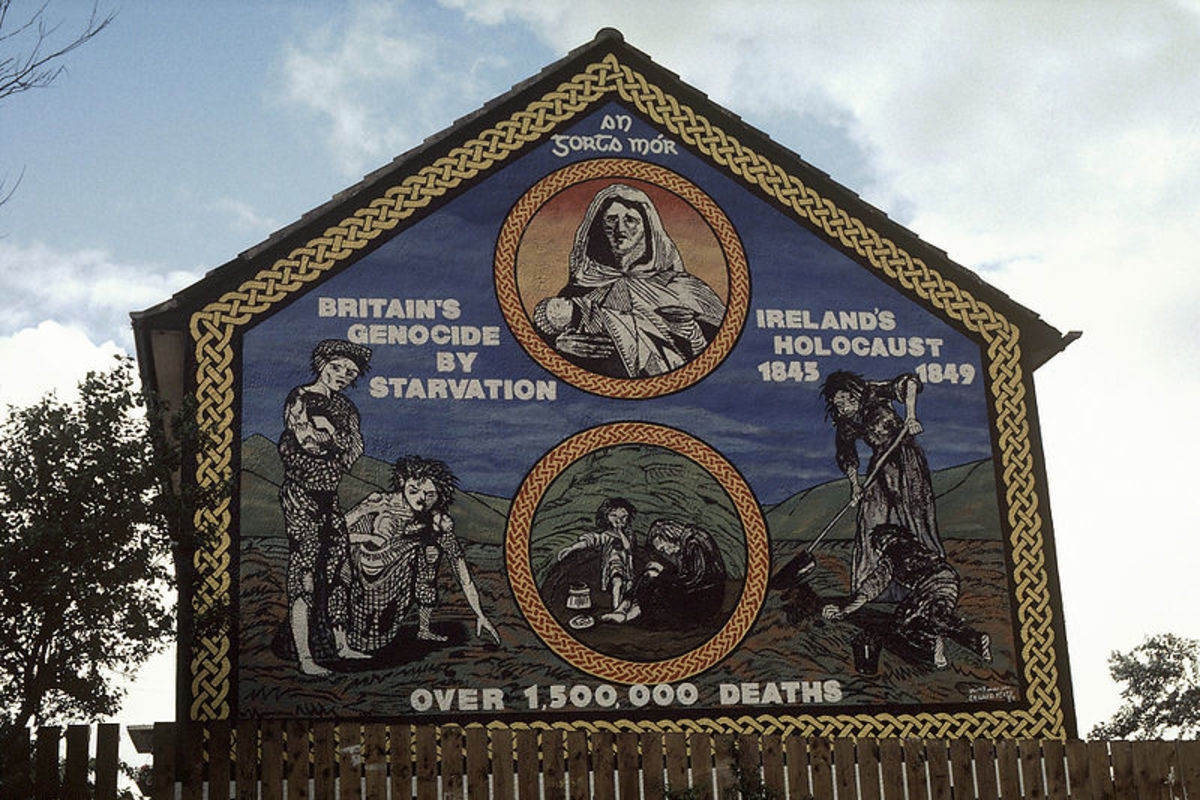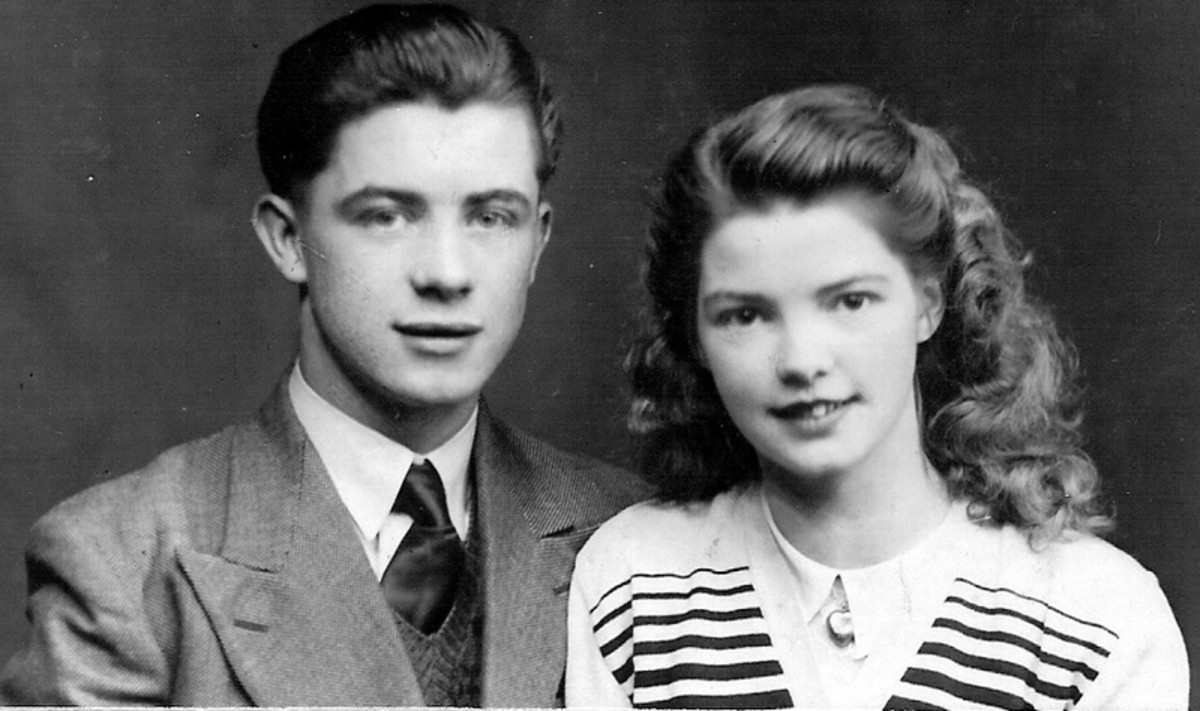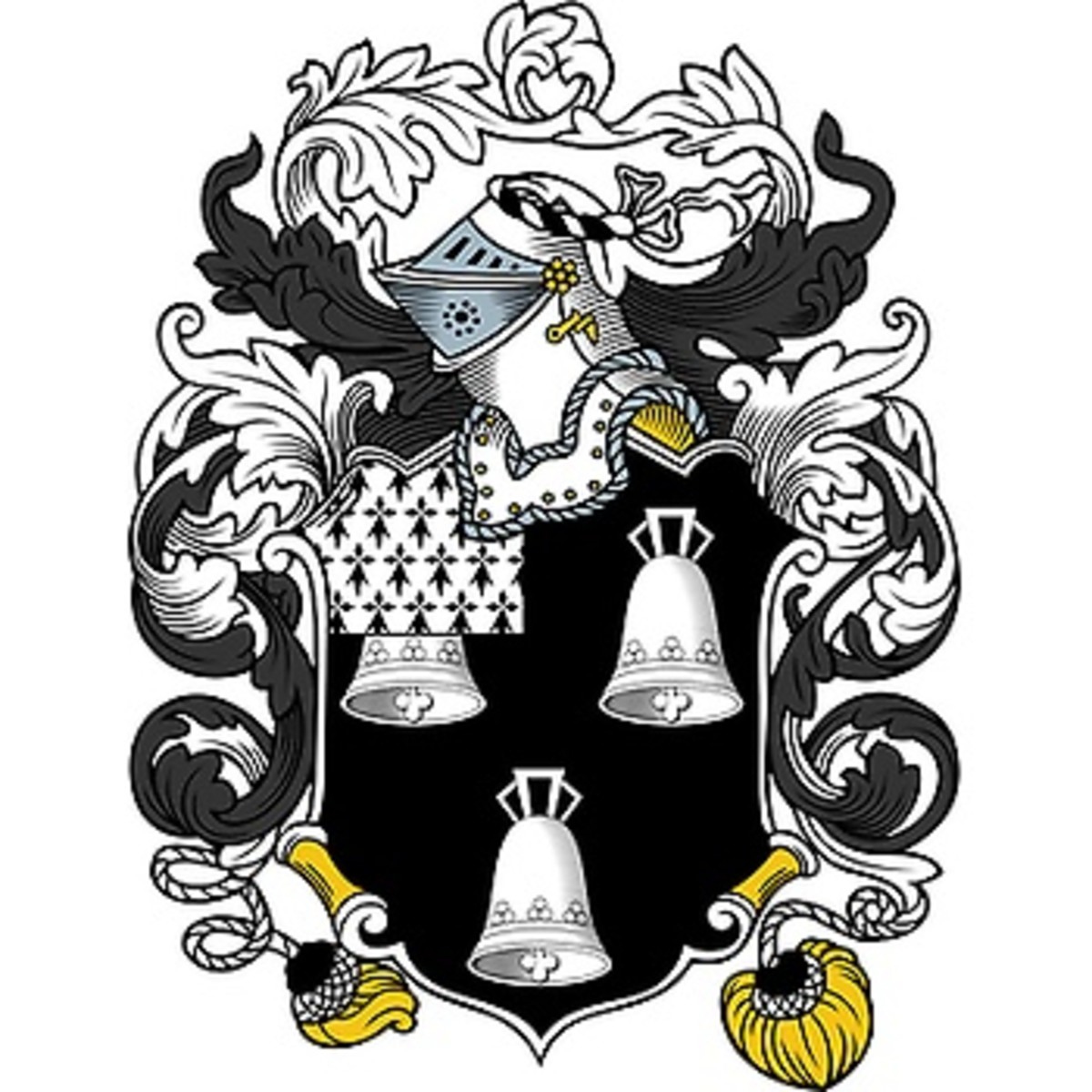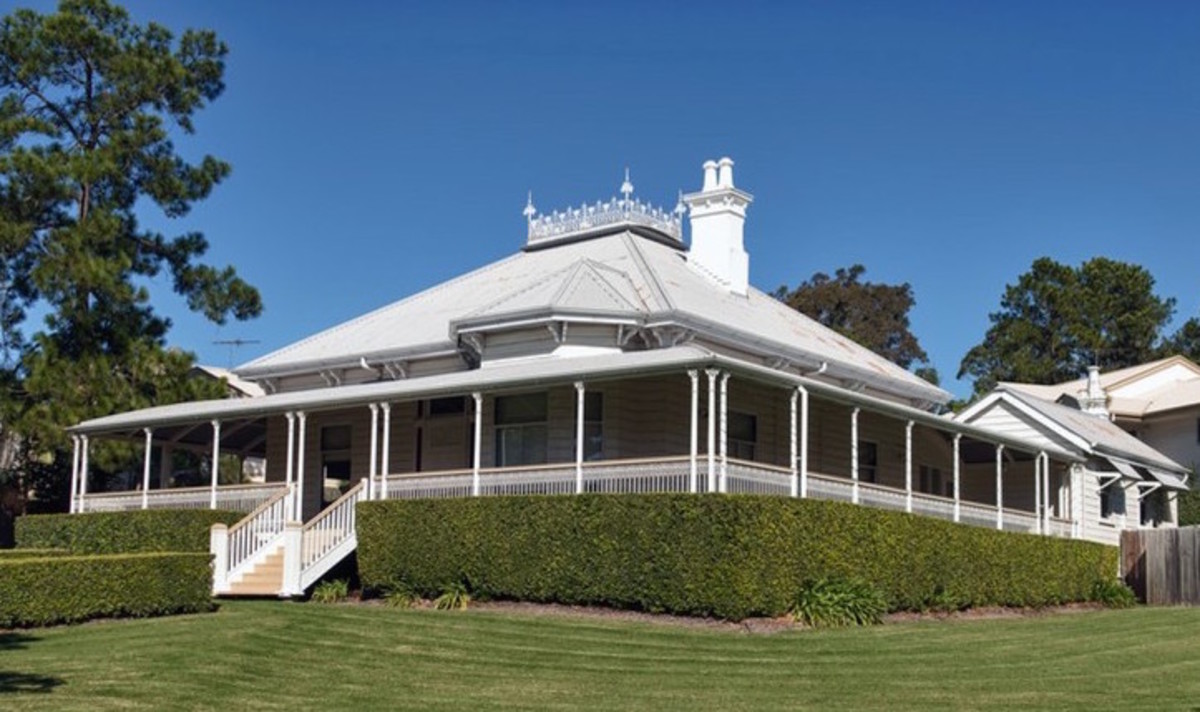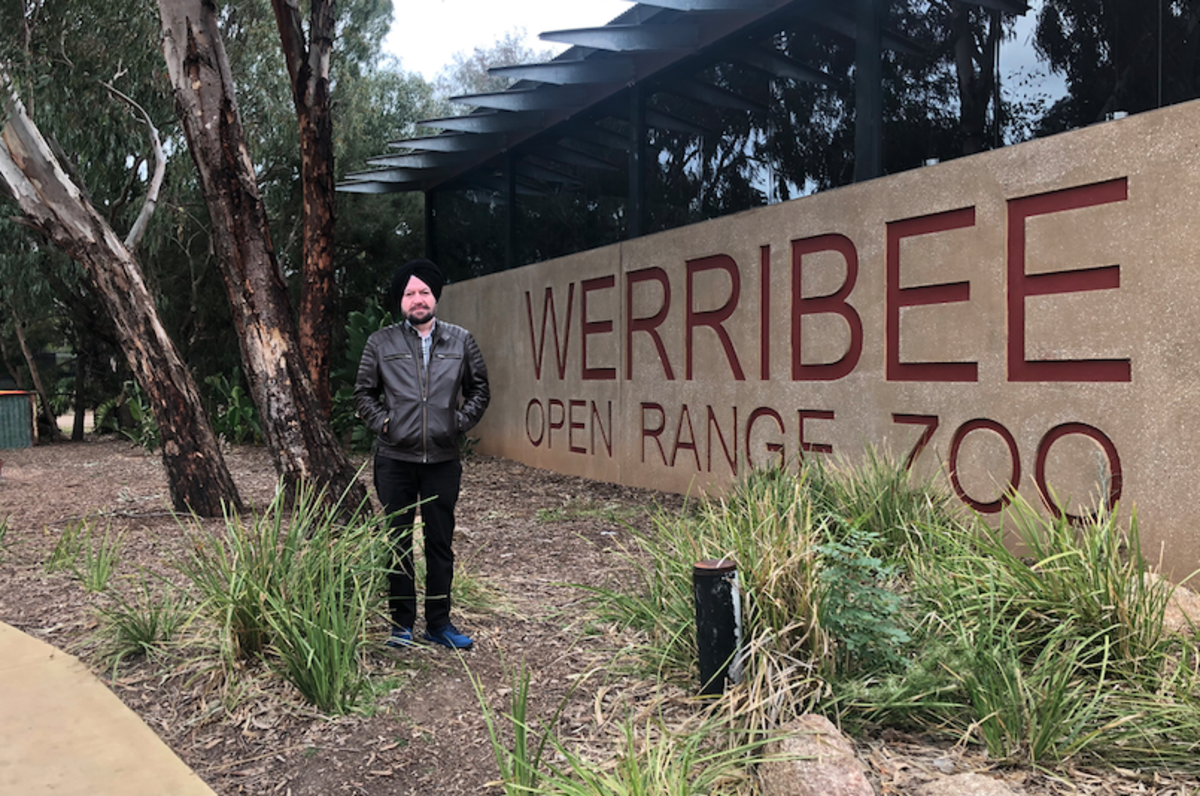Irish Holocaust Memorials Around the World: Australia
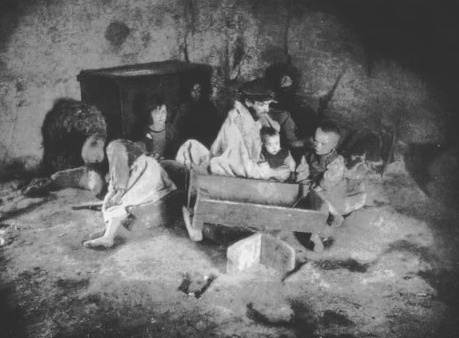
Wrong by any name.
The Irish Holocaust* is known by many names including The Irish Genocide, The Great Hunger, The Great Famine and The Potato Famine. It all depends on who you ask and which truth you believe.
To the Irish it is called "An Gorta Mor" meaning "The Great Hunger"
From 1846 to 1852 the Potato Blight or "Phytophthora infestans" in Ireland was blamed for millions of Irish deaths and was the cause of over a million more Irish leaving Ireland.
The Potato Blight was first recorded in the United States, in Philadelphia and New York City in early 1843. Winds then spread the spores, and in 1845 it was found from Illinois to Nova Scotia, and from Virginia to Ontario. It crossed the Atlantic Ocean with a shipment of seed potatoes for Belgian farmers in 1845.
You may wonder how could so many people die from the lack of a potato? They didn't, they died from lack of food. Although their diet was mainly potato other types of food were grown throughout Ireland and readily available from 1846 to 1852. Unfortunately none of it was given to the starving Irish, instead it was taken from farmers, at gunpoint, by the British Military. Ships carrying butter, vegetables, grains, livestock, whiskey and other provisions were regularly exported to England during the "Great Famine" as England likes to call it.
* Referred to as "Holocaust" in the Cork Examiner in 1847

The 150th Anniversary of "An Gorta Mor"
1997 marked the 150th Anniversary of "The Great Hunger". This prompted Irish communities throughout the world to commission memorials to be built in honor of those that died, those that fled and their descendents.
The Great Hunger caused mass emigration from Ireland. It is said over 1 million Irish fled their beloved homeland on ships bound for foreign shores. Today you can find Irish Holocaust Memorials in America, Australia, Canada, England & Wales, and there are plans underway for one in Glasgow, Scotland.
This hub features Irish Memorials in Australia.

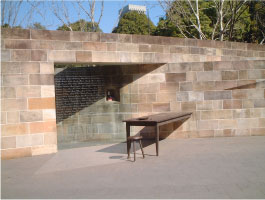
Sydney, Australia
The Australian Monument to the Great Irish Famine is situated in Sydney, on the grounds of the Hyde Park Barracks Museum. The memorial is dedicated to the Great Irish Famine and the young women who came from the workhouses of Ireland to Australia between 1848 and 1850 on a special emigration scheme to the Irish community in Sydney.

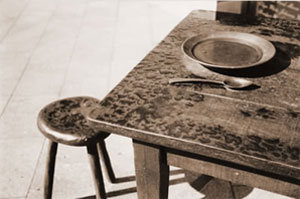
The Earl Grey's Famine Orphan Scheme
Between 1848 and 1850, Earl Grey, Secretary of State to the colonies of Australia organized an emigration from Ireland to Australia for orphaned women between the ages of 14 and 20. They were young marriageable women whom they hoped would bring a stabilizing influence to the overly masculine colonial societies. The young women were from the Workhouses throughout all 32 counties in Ireland. Some were destitute but many had lost their parents and families, so were true orphans. Others were simply unable to support themselves within the family situation. The term ‘orphan’ applied to any child who lost at least one parent which did apply to the vast majority of the 4112 who took up the offer under Earl Grey’s Famine Orphan Scheme.

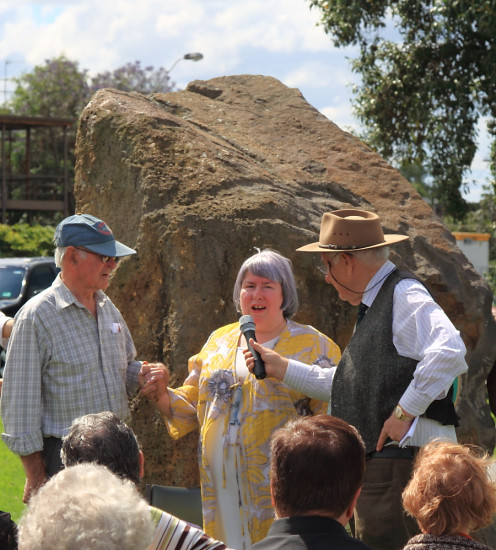
Williamstown, Australia
In 1998 a memorial in the form of a Famine Rock with plaque was erected on the shore of Port Phillip at Williamstown.
The memorial commemorates the 150th anniversary of the arrival of the first boatload of Irish Famine orphan girls who immigrated there as part of the Earl Grey Famine Scheme. There has been a celebration at the rock each year since.

Irish in Australia Today
Irish Australians are citizens of Australia who can trace their ancestry to Ireland. Many Irish went to Australia in the eighteenth century as settlers, convicts or orphans and contributed to Australia's development in many different areas.
The Australian Embassy in Dublin states that up to 30 percent of the population of Australia claim some degree of Irish ancestry.
Other Irish Holocaust Memorials Around the World
- Irish Holocaust Memorials Around the World: America
The Irish Holocaust, also known as, the Great Famine is honored in America with memorials to the millions that of Irish that died or fled their beloved country.


